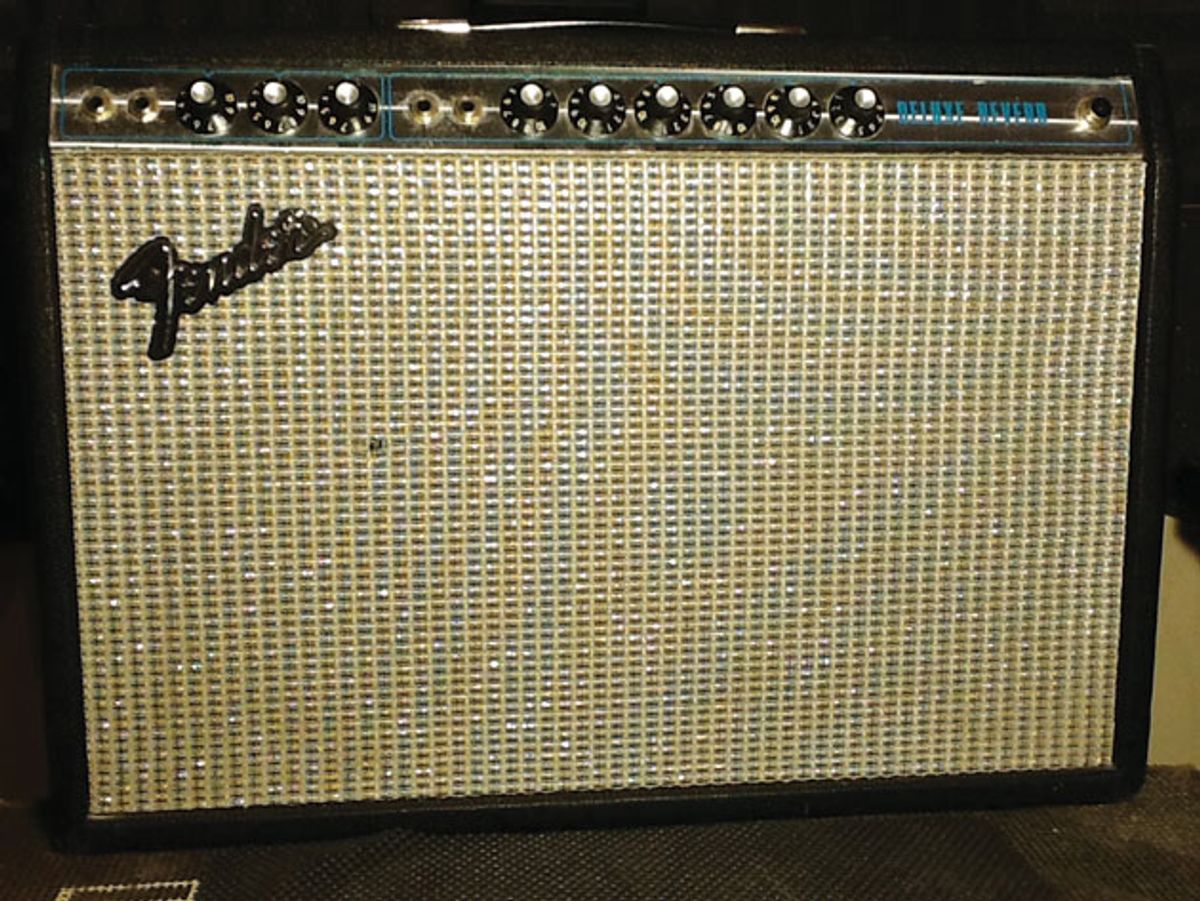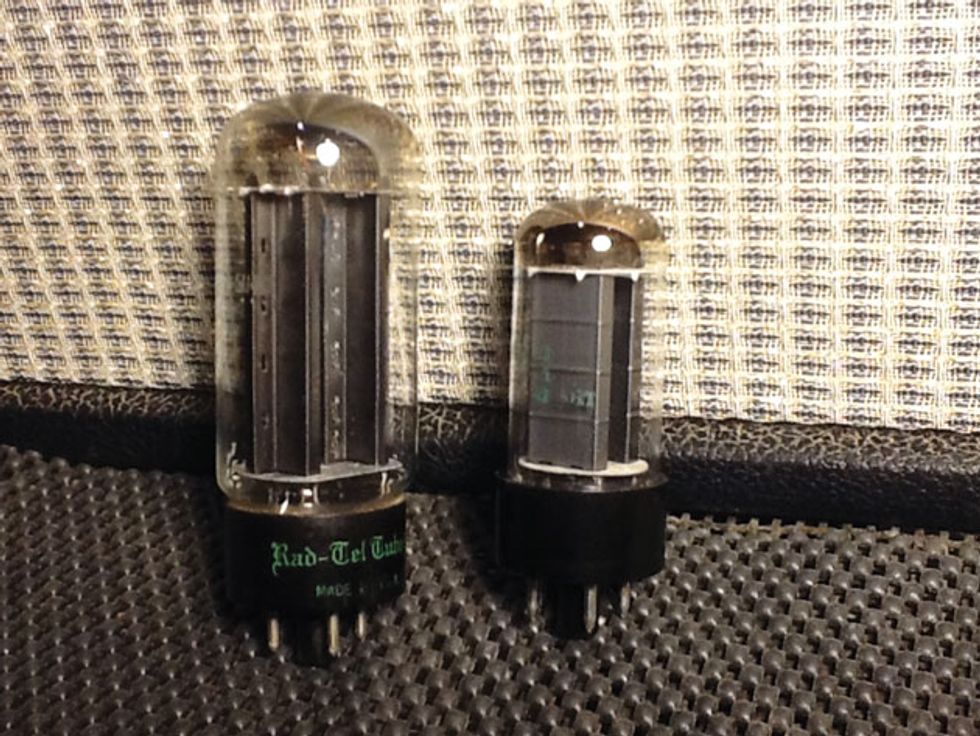
Can a different rectifier tube improve an amp’s sound and feel?
Hi Jeff:
My favorite amp is a ’73 Deluxe Reverb I’ve owned since high school in 1977. I had the tubes replaced years ago with ones from Mesa, and the amp went from okay to absolute magic—very musical with a great feel. But after many years with little trouble, the amp died. I took it to a local repair guy for a complete going-over, since nothing had been done to it for years. He informed me that the amp had the incorrect rectifier tube (possibly a 5Y3GT) and that I should have the correct one (a 5U4GB) installed. The amp guy was proud of the result: a clean, nice-sounding amp. But for me, the magic had vanished. After three months, the replacement rectifier died. It’s time to get the Deluxe back into shape, so now come the questions:
- Why did this amp work for years and sound great with the wrong rectifier?
- Can I just replace the rectifier with a better 5U4GB, and do I need to have the amp re-biased?
- Should I just go solid-state? If so, do I need to re-bias the amp?
- Are there other rectifier options that might bring back some magic?
The repairman may have also replaced the caps. Prior to the repair the vibrato was really intense, almost “popping,” but now it’s normal. The reverb tank was also replaced. The Mesa tubes still tested great, so the only tube replacement was the rectifier. I am assuming it’s bad because there’s a bright white arc in the tube when the power switch is turned on.
Thanks for your time!
Wayne
Hi Wayne,
Let’s address your questions one at a time.
Question #1: Most common octal (8-pin) rectifier tubes have the same pinout configuration, which means they may be electrically interchangeable. One determining factor is current draw. Since you’re dealing with a relatively low-powered 20-watt amp, substantial current draw isn’t required from the high voltage supply. This means you can use most octal rectifier tubes, but each will yield different results. Each rectifier tube type (5Y3, 5U4, 5AR4, etc.) has a different internal voltage drop and output voltage, depending on the current drawn through it. I believe this is one of the reasons the amp lost some of the sound and touch sensitivity you enjoyed. The 5U4 that the amp is “supposed” to use supplies a higher output voltage than the previously installed 5Y3. Lower voltage would yield slightly reduced output and less preamp-stage headroom, giving the amp a bit more compression and making it easier to overdrive. Switching from a 5Y3 to a 5U4 would change these qualities, and I suspect that returning to a 5Y3 would restore what you enjoyed about the amp.
Question #2: If you stay with a 5U4 rectifier tube, you shouldn’t have to re-bias the amp, as the output voltages from any replacement 5U4 should be very close, and the bias current should remain relatively unchanged.
Question #3: If I am correct in my assessment of the characteristics that are now missing from the amp, the answer is no, no, no, no, no! A solid-state rectifier would bring the amp even further from where you want it to be, as it would raise the voltages even higher than they’d be with a 5U4 or 5AR4. The only exception might be a solid-state replacement, such as the Weber Copper Cap, made to mimic the output of a particular rectifier tube.
Both a 5U4 (left) and 5Y3 (right) can work as rectifier tubes in a low-wattage amp such as a 20-watt Deluxe, but their differing output voltages yield varied results.
Question #4: I don’t believe you need other options. I think you’ve already found what you like, so just go back to it! The Deluxe will certainly bring the 5Y3 close to its 125 mA current draw limit, but you were able to run one safely for years, so I say install another 5Y3 and see if the magic returns. I recommend sourcing a new-old-stock (NOS) version if possible, as the old-school materials and construction may yield better reliability.
One more point: You mentioned that the tech might have replaced the power-supply filter caps. If the magic doesn’t return when you install the 5Y3, the blame can almost certainly be placed on the new filter caps. Replacing these can substantially alter an amp’s character. While it’s necessary to replace filter caps when they fail, I will always discuss replacements with my customers, as the result can be something they didn’t expect and don’t enjoy.
I hope this explains where the magic went!

